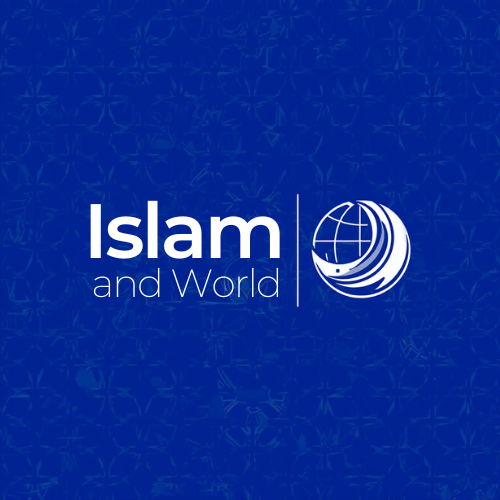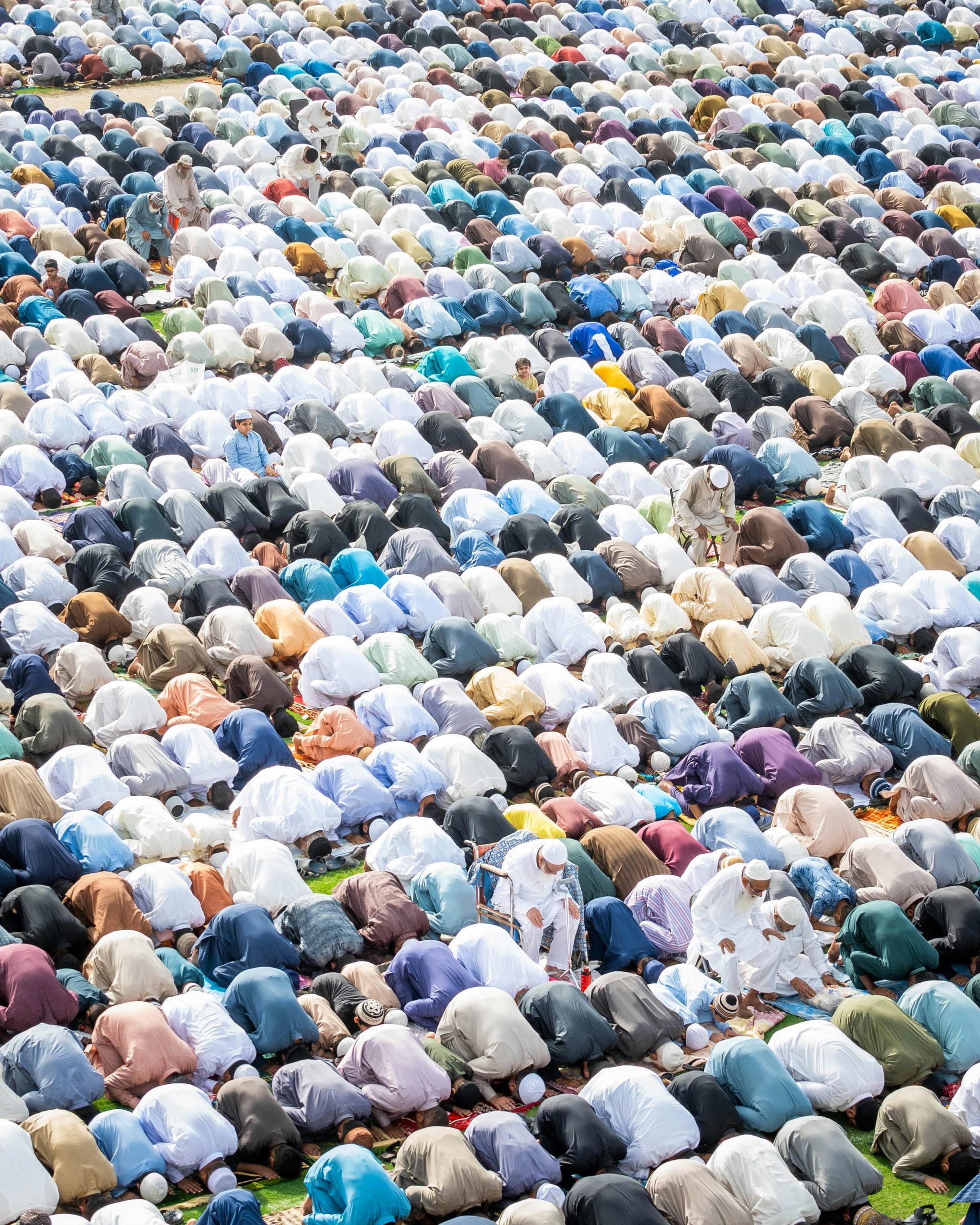Islam is one of the world’s major religions, with a rich history and a vibrant presence across the globe. As the second-largest religion, Islam’s followers, known as Muslims, come from diverse cultural, ethnic, and linguistic backgrounds, reflecting the universality and inclusiveness of its teachings. Understanding the global Islamic following offers insights into its widespread influence and the various ways it shapes societies and cultures.
The Spread of Islam
Islam originated in the 7th century in the Arabian Peninsula with the Prophet Muhammad (peace be upon him), who is considered the final prophet in a long line of messengers sent by Allah (God). Within a few centuries, Islam spread rapidly across the Middle East, North Africa, and parts of Europe and Asia through trade, conquests, and missionary efforts. This early expansion laid the foundation for the diverse and widespread Muslim population we see today.
Global Muslim Population
As of 2024, Islam has an estimated 1.9 billion adherents, making up about 24% of the global population. Muslims are predominantly found in:
- Asia-Pacific Region:
The largest concentration of Muslims resides in the Asia-Pacific region. Countries like Indonesia, Pakistan, India, and Bangladesh have substantial Muslim populations. Indonesia, with over 230 million Muslims, is the most populous Muslim-majority country in the world. - Middle East and North Africa:
This region, often considered the heartland of Islam, includes countries like Saudi Arabia, Egypt, Iran, and Turkey. The Middle East is significant not only for its large Muslim population but also for its historical and religious importance to Islam. - Sub-Saharan Africa:
Islam is a major religion in many Sub-Saharan African countries, including Nigeria, Ethiopia, Sudan, and Tanzania. The spread of Islam in Africa dates back to the 7th century and has significantly influenced the region’s cultures and societies. - Europe:
Europe is home to a growing Muslim population, particularly in countries like France, Germany, the United Kingdom, and Russia. The presence of Muslims in Europe is a result of historical conquests, migration, and recent refugee movements. - Americas:
While Muslims in the Americas represent a smaller percentage of the population, their presence is notable and growing. The United States and Canada have vibrant Muslim communities, characterized by their diversity and active participation in societal affairs.
Cultural and Social Contributions
The global Islamic following has made significant cultural and social contributions across various regions. Islamic art, architecture, literature, and science have left an indelible mark on world history. The architectural marvels of the Alhambra in Spain, the poetry of Rumi, and the scientific advancements during the Golden Age of Islam are just a few examples of this rich heritage.
Contemporary Challenges and Opportunities
Muslims today face numerous challenges, including political instability, social integration issues, and the need to counter negative stereotypes and misconceptions about Islam. However, there are also significant opportunities for positive impact:
- Interfaith Dialogue:
Promoting understanding and cooperation between different religious communities is crucial. Interfaith initiatives can help build bridges, reduce prejudice, and foster peaceful coexistence. - Education and Empowerment:
Investing in education and empowering Muslim communities, especially women and youth, can lead to socio-economic development and a more equitable society. - Social Justice and Advocacy:
Muslims around the world are increasingly involved in advocating for social justice, human rights, and environmental sustainability. These efforts align with the core Islamic principles of justice, compassion, and stewardship of the Earth.
The Role of Technology
In the digital age, technology has become a powerful tool for Muslims to connect, share knowledge, and practice their faith. Online platforms and social media facilitate global communication, allowing Muslims to participate in virtual religious gatherings, access educational resources, and engage in dawah (inviting others to Islam).
Conclusion
The Islamic following in the world is a testament to the religion’s universal appeal and enduring relevance. With nearly 2 billion adherents, Islam’s influence spans continents, cultures, and languages, contributing to the rich tapestry of human civilization. As Muslims navigate contemporary challenges and opportunities, their faith continues to inspire efforts toward peace, justice, and understanding in an increasingly interconnected world.

